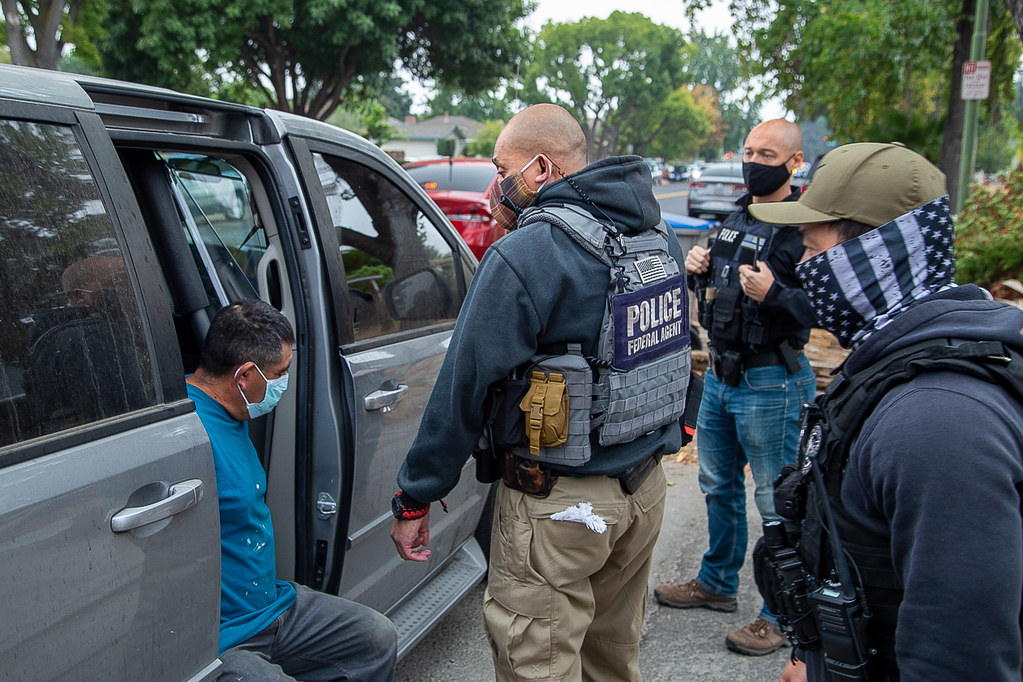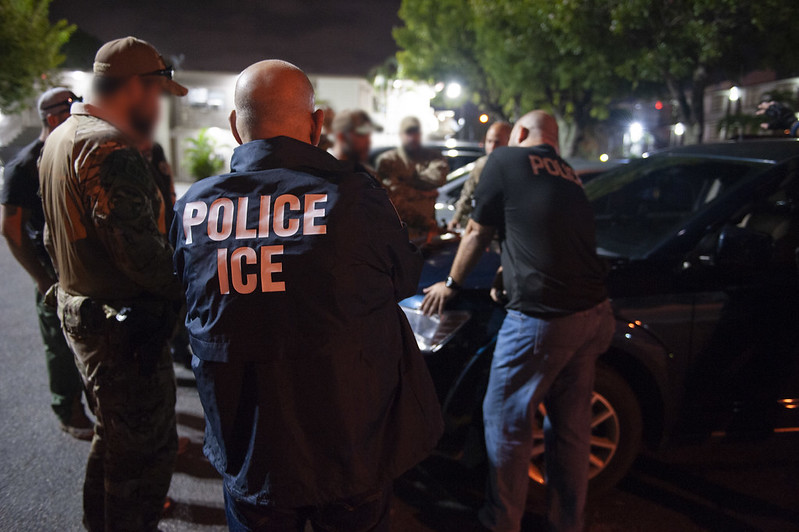
Some Quirky Ways to Reduce Crime
There are scores of proposals for methods and programs to reduce crime. And there is no shortage of criminologists, sociologists, social psychologists and criminal justice experts who make their living making these proposals. No doubt some of these “traditional” theories and projects deserve serious consideration.
But what about the nontraditional, the unorthodox proposals? The unusual, the out there and downright flaky-sounding suggestions—don’t they deserve a public outing?
The purpose of this column is not to review the oft-presented methods, like increased (or) decreased punishment, stronger community policing, an improved social safety net, and the like. Plus any discussion of gun control and immigration reform is way above my pay grade.
Instead presented in a nutshell for ticklethewire.com readers with shorter attention spans are some crime reduction proposals that are out of the mainstream, sometimes way out. These may or may not represent the views of the author or publisher.
1. Eat Healthy
Food Scientist Dr. Silvia Onusic has catalogued some myriad connections between aggressive behavior and nutritional deficiencies. In her article “Violent Behavior : A Solution in Plain Sight,” published by the Wilson A. Price Foundation, she presents an interesting study that the modern diet lacks vital vitamins and minerals necessary for the brain and nervous system to develop and function properly. The loss of nutrients in the diets especially of children and teenagers result in an unhealthy mental capacity and a tendency toward poor decision making.
For example she notes several studies demonstrating that insufficient vitamin A especially during gestation can contribute to symptoms of schizophrenia and problems with learning ability. Similarly vitamin D-3 deficiency can cause the increased risk of panic and depression. She proceeds through a dizzying number of other vitamins, K and several of the Bs, as well as minerals like iodine, potassium, iron, magnesium and others, that, when inadequate in the diet, can result in negative mental symptoms and violent behavior.
The article also takes aim at junk food diets filled with carbohydrates, sugar and thousands of food additives. For example several studies have shown that lowering sugar consumption can curb antisocial behavior.
A dozen other studies from research around the globe have linked inadequate diets with crime, psychosis, depression, violence and ADHD.
So I guess Mom was right.
2. Eliminate Lead in the Environment
Awhile back this column explored the proposition that even moderate lead exposure can be a primary cause of crime. Several studies, especially one by Professor Jessica Wolpaw Reyes of Amherst College, compared juvenile lead exposure with test scores and behavior problems. Her conclusion, even moderately elevated blood levels could be responsible for increased aggressiveness and violent criminal behavior, even years later.
Other studies have also shown a correlation between even low blood lead levels and violent crime incident graphs for populations in New Orleans, New York City, Australia, Canada, and Finland.
The solution–spend a bunch of money, billions of dollars, to eliminate lead from the environment. The human and economic benefits are, of course speculative, but this seems worth some definitive studies to determine whether it would be a good investment.
3. Better Vegetation in the Neighborhoods
Can better managed trees and grass prevent crime? Hard to believe at first blush, but M. Wolfe and J. Mennis in a 2012 study purported to show that more vegetation like trees, shrubs and grass had a beneficial effect on urban crime in Philadelphia. Their study, “Does Vegetation Encourage or Suppress Urban Crime?” published in Landscape and Urban Planning magazine, concluded that better maintained greenery resulted in a “calming effect” on populations, improved social interaction and closer neighborhood watch over public areas.
This was pretty much the same conclusion of a study by Geoffrey Donovan and Jeffrey Prestemon conducted in Oregon. They compared crime data with the level of vegetation in residential areas, especially the presence of large trees.
Before we dismiss these conclusions as correlation not causation, consider the theory that broken windows and unclean streets encourage crime. New York City Mayor Rudy Giuliani instituted an aggressive program for cleaning up New York in order to create an environment where rule-breaking, even misdemeanors, were outside the accepted norm. My strong impression is that most New Yorkers believe the program was effective in helping to reduce crime.
4. Prevent Crime App on Your Smart Phone
The social media has invaded every other element of our culture, why not criminal enforcement? Smart phone users do love their apps. My wife has so many she can’t remember them all. Now Victoria, British Columbia Police has a free app aimed at reducing crime. The app provides a cutting edge tool for reporting and tracking a crime, and it can be done anonymously. Users can also view crime reports for a particular area or location plus other information from the police department.
5. Convincing Drug Dealers to Stop
David Kennedy, the Director of the Center for Crime Prevention and Control at John Jay College of Criminal Justice, worked with High Point, New Jersey police in a pilot program to convince known drug dealers to quit. First the police found a prosecutable case against 16 prominent dealers. Then they worked with the community to set up meetings between the dealers and the residents to confront them with the harm their activity was causing to the neighborhood.
After the meeting police officers would present the dealers with an option—if they continued to sell drugs, they will be picked up “within the hour” and prosecuted vigorously. If not, they would not be charged.
The key to the program’s success apparently has been the community response, both in improved relations with police and in providing pressure on the drug market. Apparently ignoring the police is one thing but offending your neighbors is quite another.
6. Free Books
St. Louis police in one of the city’s highest crime areas, Dutchtown, have instituted a program of giving away books to high-risk juveniles. The activity is intended to provide an alternative source of recreation as well as build better relationships between the officers on the street and the youth. The officers also reward reading activities with gift certificates from local businesses
The connection between illiteracy and crime is well established. DOJ reports that 70% of the country’s inmates read at or below the 4th grade level.
Police have set up collection barrels where books can be donated by the public. The books are then transferred to book stands throughout the neighborhood, where they are freely available.
No results are available but the department apparently thinks enough of the public response to expand the program into other neighborhoods.
7. CCTV Surveillance in Public Areas
In the last two decades police in the U.K., especially the city of London, have installed tens of thousands of surveillance cameras for the purpose of reducing crime. The cost has amounted to a half billion pounds in the last few years.
The cameras are placed in public areas such as shopping centers and tube stations, often at the request of local residents and businessmen.
The debate is vigorous about the cameras’ effectiveness and their effect on civil rights. Organizations like Big Brother Watch consider the surveillance to be a step toward the totalitarian society of George Orwell in the book 1984. Supporters argue that they are an inhibiting influence on criminals as well as a significant help in solving crimes.
In the U.S. no one knows how many security cameras have been installed in urban areas. The estimates vary to as high as 200 million installed since 9/11. The existence of facial recognition software has raised additional privacy concerns.
The rapid identification and resulting apprehension of the suspects in the Boston Marathon bombing, however, have indicated how useful security cameras can be in terrorist attacks.
I have left out a few of the latest unorthodox crime prevention strategies. One involves providing jobs to offenders released from jail to act as “violence-interrupters” among criminal gangs. Another wonky one is entitled Statistical Crime Prevention, which studies the way crimes occur and then changes that environment to reduce the incentive for crime by increasing the difficulty of committing it and lowering the benefit involved. Yet another treats crime as a communicable disease and applies public health analyses and treatment models. How about banning what would otherwise be criminal assaults in professional sports since they serve as examples of acceptable behavior to kids and young men? I think that’s the only reason some guys watch hockey.
I won’t even mention one of my favorites, a national mandatory fingerprint and DNA data collection requirement at birth, for fear of frightening the few civil rights friends I have left.
Some of these theories and programs seem peculiar, but I agree we need to go beyond law enforcement and criminal justice to take on crime problems, especially violent crime. I, for one, am willing to give some quirky ideas a second look.






